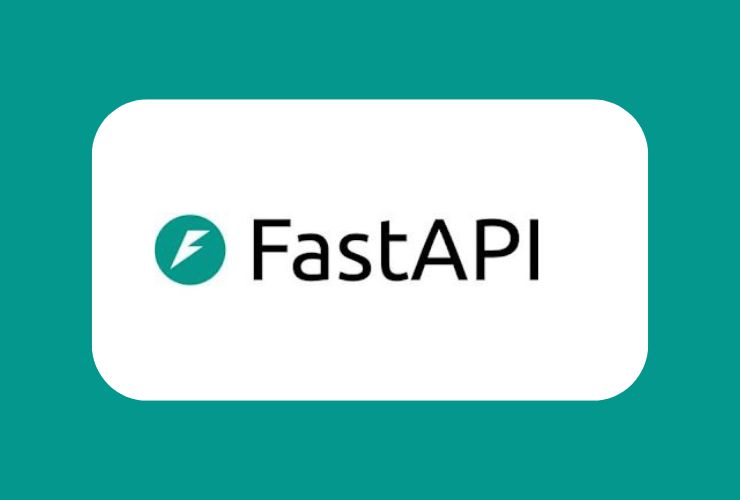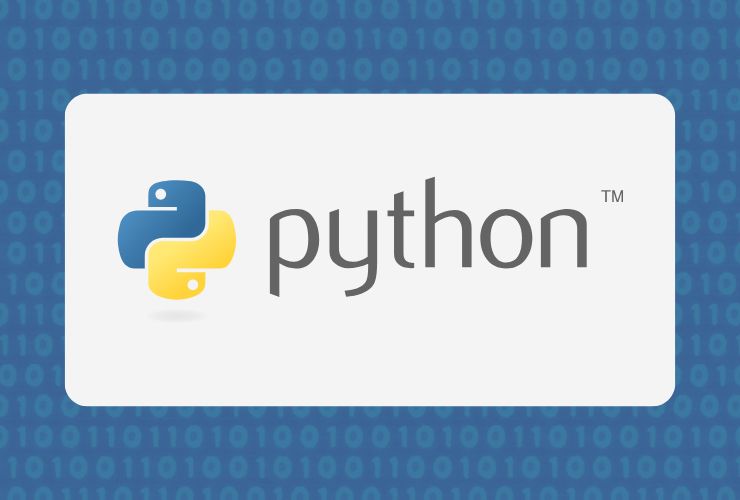Python has emerged as the preeminent programming language for machine learning (ML) on the back of its user-friendly syntax, large ecosystem and community-enabled growth. Anytime you are building recommendation systems, chatbots, fraud detection systems, deep learning neural networks or some other complex ML application, Python provides everything you need to build, test, and scale a machine learning application.
1. Easy to Use
One of Python’s most significant benefits comes from the simple, human-readable syntax. Developers are able to express complex logic in much fewer lines of code to focus their efforts on solving machine learning problems and not on trying to manage the code. This advantage means development cycles are generally faster with a lower learning curve especially within ML, which is known for being fast-paced.
Python has a natural language structure that helps increase collaboration between data scientists, machine learning engineers and domain experts. The simple structure of Python also allows for constructing and experimenting with ML prototypes quickly.
2. Abundant Libraries and Frameworks
One of the reasons Python has become so successful is because of its rich library and framework ecosystem, which makes it easy to build machine learning models quickly:
NumPy: the go-to library for all things mathematical, particularly numerical computation and array-related manipulation.
Pandas: superb for all tasks related to data manipulation, cleaning, and transforming data.
Scikit-learn: a comprehensive library for traditional machine learning algorithms – classification, regression, clustering, and reducing dimensionality.
TensorFlow and Keras: previously the deep learning library. Certainly useful for both building and deploying deep learning models. TensorFlow for large scale, while Keras is an easier interface for trying things out.
PyTorch: now very popular in professional and research environments. Pytorch is also deep learning library, and it is especially popular in the domains of computer vision and natural language processing.
Overall, all of these libraries and frameworks save you from having to build your own models from scratch, allowing you to concentrate on the unique aspects of improving accuracy, performance, and deployment.
3. Strong Community Support
Certainly, one of the most productive aspects of using Python is the sheer amount of support that the community provides. Python has a large presence within the programmer community, and it is one of the most helpful communities available with resources in the form of documentation, online forums, open source contributions, and instructional content for beginners and advanced programmers alike.
One of the biggest advantages of Python’s community, in the context of machine learning, is the extensive resource base available for solving problems, establishing optimized solutions, and learning new machine learning techniques. Many new libraries and models are being released and shared by the community at an incredible pace, which makes possible faster and more effective innovation and learning in the field of machine learning.
4. Flexibility and Integration
Python’s flexible integration with other programming languages, platforms, and tools can provide a flexible solution for end-to-end machine learning pipelines. Python integrates easily into all aspects of the modern data stack, whether using web frameworks (Flask, Django), cloud platforms (AWS, GCP), or different database systems (PostgreSQL, MongoDB).
Python also allows for RESTful API development, microservices, model deployment frameworks (e.g., FastAPI) providing a robust choice of language for production environments.
5. Scalability and Performance
While Python isn’t the fastest language available in raw execution speed, it makes up for its performance through integration with front-end libraries that are optimized and executed as a back-end language (C/C++). For example, while you are executing commands with NumPy, TensorFlow, etc., under the hood the functioning is all processed in the compiled codes as shown in the example below. Python is still able to make calculations on large datasets and train massive deep neural networks.
Software tools around parallel computing and cloud-scale deployments allow powerful enterprise-level ML workloads with Python. You can horizontally scale your applications in a cloud-based architecture, and Python is equally capable when handling performance-tuned batch inference pipelines, with the proper architectural selection.
6. Optimal for Prototyping and Research
Python’s rapid development capabilities make it ideal for experimentation. Researchers can quickly prototype, try different ML models, and optimize parameters, without worrying about excessive overhead from verbose syntax and no compilation waits.
Such applications of rapid prototyping have made Python the language of choice, and dominantly used, in academia and data science. In most cases, the ML models in published papers and articles include Python code as the default.
Conclusion
With this said, Python is not just a language – it is the foundation of modern machine learning development. Its simplicity, libraries, scalability, and community make it an unmatchable companion to design and implement intelligent applications. Whether you are building a predictive engine, automating a decision process, or building a feature that utilizes AI, you can count on the flexibility and reliability of Python.
Python Development Experts at Empirical Edge
Empirical Edge offers custom Python development solutions that enhance AI, machine learning, and data-centric applications. Our developers build strong, scalable ML systems to address specific business problems across many industries. Whether you are looking to automate data workflows, deploy predictive analytics, or scale a deep learning model, we will implement efficient, high-performance solutions with a focus on safety and performance using Python.
When you work with Empirical Edge, you will experience the power of your data, transforming your business using advanced machine learning solutions built in Python.










